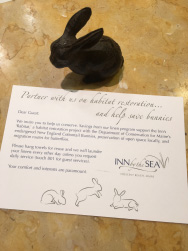Will marketing ever be the same after we’ve spent so long viewing the world through a Covid lens? Lingering hesitancy toward close social interaction with strangers adds a new risk element to advertising, imagery selection and especially cool, interactive tourism marketing campaigns. Yet, isn’t getting to know strangers – and being enriched by the experience – a fundamental selling point in tourism?
This makes all our jobs as tourism marketers just a bit harder. So, for fun, let’s reminisce about a simpler time…when worrying about portraying germ exchange wasn’t so high up on our marketing radar. Here are five cool tourism marketing campaigns that may need some post-Covid tweaks if implemented today.
THE SWISS VILLAGE PHONE PROMOTION
Cool Tourism Marketing Campaign Concept: Swiss villages in the region of Graubünden are so quiet that everyone who lives there can hear the pay phone ring in the town square. And if you called that phone in the village of Tschlin (population 166) and someone doesn’t pick up…you could win a free trip and other prizes. 30,000 people called in just six days.
Post-Covid Tweaks: All 166 people answering the same phone without showing it being wiped down and sanitized even once?
THE KLM BONDING BUFFET
Cool Tourism Marketing Campaign Concept: Get 20 strangers to share a Christmas dinner buffet together in an airport. The catch? The buffet descends from the ceiling (in its futuristic Star Trek way) in stages, each time a new person fills a seat. And once all 20 seats are filled, the table laden with food locks in place. KLM Airlines really knocked it out of the park on this one.
Post-Covid Tweaks: “Tweaks” just ain’t gonna fly here. Sharing food? Hugging? Cozying up for selfies? This utterly brilliant marketing concept can only reign supreme pre-Covid.
EUROPE – IT’S JUST NEXT DOOR
Cool Tourism Marketing Campaign Concept: French national railway company SNCF wanted to encourage people to take a train journey to other European countries. So, they placed THE coolest freestanding, interactive doors in unexpected places all around Paris. People who opened the door experienced real-time interaction with engaging locals in other cities.
Post-Covid Tweaks: Dude, that door handle needs serious sanitizing, and mesmerized groups of spectators can’t stand six feet apart and still watch the interaction!
CLOSED FOR MAINTENANCE – THE FAROE ISLANDS
Cool Tourism Marketing Campaign Concept: This is an incredibly genius idea to both combat and draw attention to the overtourism problem…while at the same time promoting tourism for an off-season weekend. Visit Faroe Islands “closed” to visitors the last weekend in April. Instead, that weekend it welcomed volunteers from abroad to help with maintenance and clean-up of the islands’ many natural sites and attractions. In return, visitors get a free room and meals during their stay.
Post-Covid Tweaks: Wide open spaces and lots of fresh air working outdoors? They almost skated through with that. But the vague “free room and meals” leaves one in doubt: will I have my own room and is it clean? Communal meals? How intimate is the contact I’ll have with strangers? Ah, Faroe Islands… you were so close with this one!
THE GREAT ESCAPE TO GRAUBÜNDEN
Cool Tourism Marketing Campaign Concept: Wow, the folks at Graubünden Tourism must really eat their marketing Wheaties, because here’s another winner from them. In this promotion, people at the Zurich train station could interact in real time with a friendly, welcoming, grandfatherly-type gent in the village of Vrin. He even prints free tickets for spontaneous-minded folks to hop a train and go visit him that day.
Post-Covid Tweaks: Has that guy been vaccinated? Have my fellow adventurous travelers been vaccinated? Because if we’re all going to shake hands, hug, and share a meal in Vrin, I need to know.
OK… I’m not REALLY suggesting that we need to see the people of Tschlin wipe down the phone. Nor am I saying there should have been a bottle of hand sanitizer hanging from the doors in the French railway ads.
The point is, as marketers, we just got a new dimension added to our lens. How will people perceive our messaging, images, and attempts at interaction in this uncertain world? There’s no easy answer, and no permanent one either. This will evolve over time as the pandemic ebbs and flows…and eventually recedes completely. But for now, we’ve all got to add this to our growing list of “considerations we must factor into our marketing material.”
Still, it’s pretty cool to reminisce, right? Those were the days. One time, a group of strangers at a tourism conference even baked me a bunch of homemade cakes! Yeah… those WERE the days.
 get travel marketing tips
get travel marketing tips 
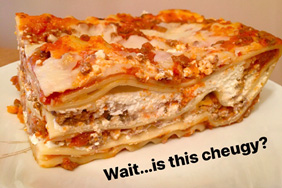
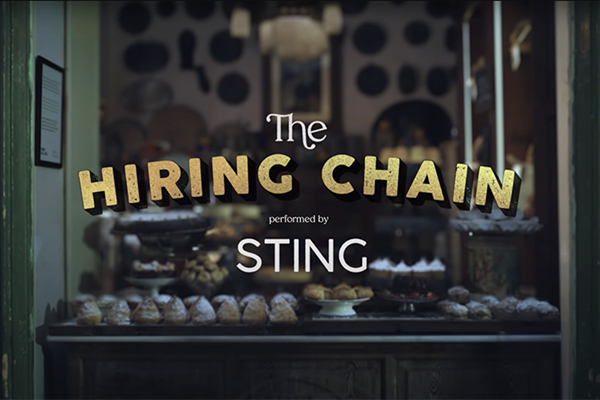

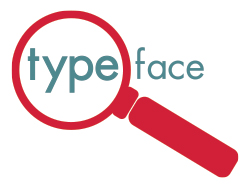 If you’re not a graphic designer or branding specialist, your experience with choosing typefaces is likely limited to the little dropdown box at the top of your screen, where you select from fonts like Arial, Universal, Comic Sans, and the whimsically-named Wingdings. You may not even realize that a typeface is a design of lettering (i.e. sans serif), and fonts are variations within each particular typeface (i.e. Arial or Calibri).
If you’re not a graphic designer or branding specialist, your experience with choosing typefaces is likely limited to the little dropdown box at the top of your screen, where you select from fonts like Arial, Universal, Comic Sans, and the whimsically-named Wingdings. You may not even realize that a typeface is a design of lettering (i.e. sans serif), and fonts are variations within each particular typeface (i.e. Arial or Calibri).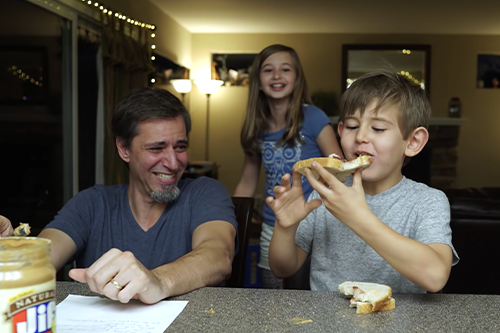
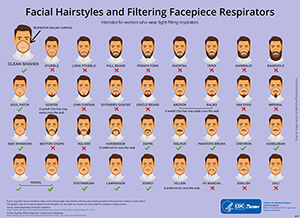
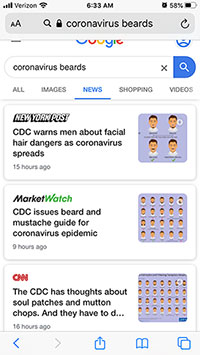
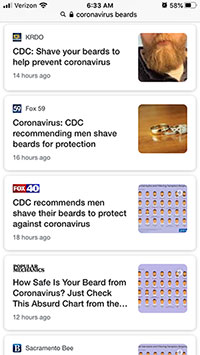
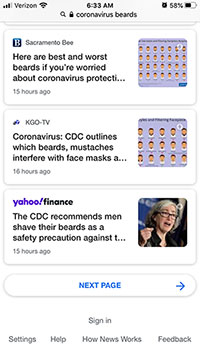
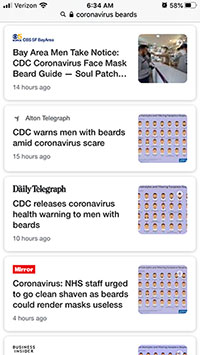
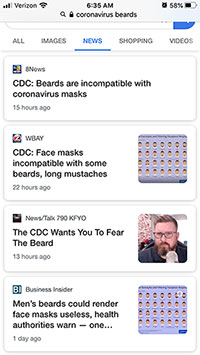
 Oh wait… did you just gloss over that last sentence without stopping to really absorb what it means, and what you should do about it? As if that was just another piece of blah-blah advice from a marketer? “Spend more time thinking about your marketing before taking action.” Duh. Of course that’s good advice, you say. So basic. I knew that. Give me something REALLY meaty to chew on, like something I didn’t know before.
Oh wait… did you just gloss over that last sentence without stopping to really absorb what it means, and what you should do about it? As if that was just another piece of blah-blah advice from a marketer? “Spend more time thinking about your marketing before taking action.” Duh. Of course that’s good advice, you say. So basic. I knew that. Give me something REALLY meaty to chew on, like something I didn’t know before.